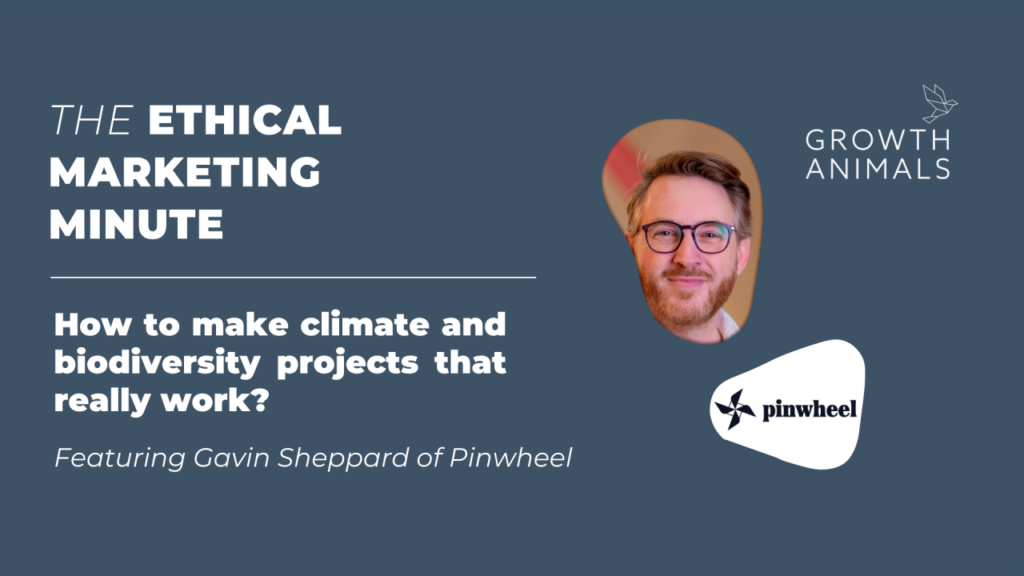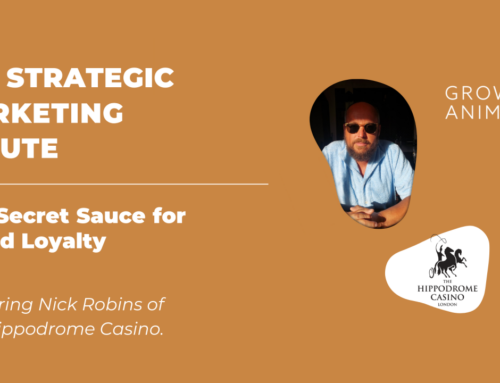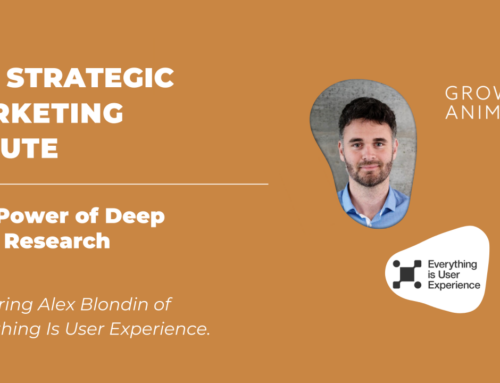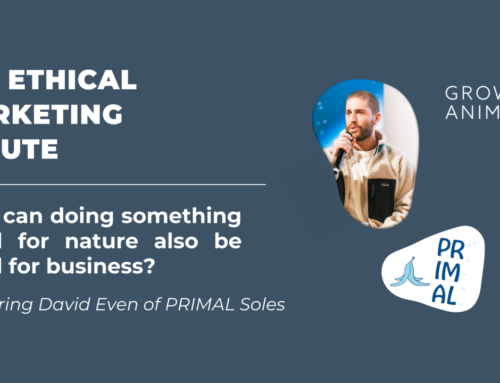How to make climate and biodiversity projects that really work?
1 min read

Pleasingly, for those of us who are concerned about the climate crisis and who see the need for businesses to be at the forefront of this challenge, there are increasingly large numbers of organisations that support net zero aspirations with easy to access carbon removal and biodiversity projects. Unfortunately for most of us, it’s a sea of confusion and concern, that we might not be picking the right projects, or that they might not be making any difference at all. When I caught up with Gavin Sheppard, CEO of the next generation sustainability engagement platform, Pinwheel, he confirmed my fear when informing me that, “70% of money spent on offsetting is wasted or even makes climate change worse.” I was keen to understand therefore what to watch out for and how they’ve tackled these challenges at Pinwheel:
Maximum Impact
The team at Pinwheel are incredibly picky around the projects that they allow to be part of their platform, with only 2 in 10 projects making it through to the final cut. This is driven by a desire to ensure there are clear benefits to their projects across carbon removal and biodiversity, because the two are intrinsically linked, in a world where long term sequestration of carbon has a greater long term impact than forest saving initiatives and in which biodiversity breakdown is as important as climate change. To illustrate this, if we save sea turtles, we save seagrass (turtles act like lawn mowers to seagrass, keeping it healthy), which in turn reduces climate change (as seagrass sequesters CO2), which in turn saves turtles twofold (turtle reproduction is stunted by climate change and seagrass makes plastic, another enemy of the turtle, clump up).
Customer Engagement
The platform was designed with businesses in mind and the challenge they face in creating cut through with their customers, both internal and external, around their sustainability initiatives. It is therefore deliberately engaging, with room for employees or customers to be involved in your sustainability decisions through voting mechanisms that can be embedded and integrated into any digital journey, which in turn helps to create brand value. And as you would expect, everything is fully traceable and reportable on a visually accessible impact registry.
Summary
The two clearly work hand in hand, for what is the point in generating engagement behind something that doesn’t truly create impact and how can one create real impact without engaging their customers behind their initiatives? When the two are combined, they build brand value, make a tangible difference to the environment, and grow education and climate literacy.
If you’d like to find out more about Pinwheel and arrange a demonstration of their next generation sustainability platform, visit pinwheel.earth
If you’d like your marketing to grow your bottom line AND positive impact, visit growthanimals.com
For more Ethical Marketing Minute content, click here
If you’ve got a story and would like to feature on the Ethical Marketing Minute, contact Chris



